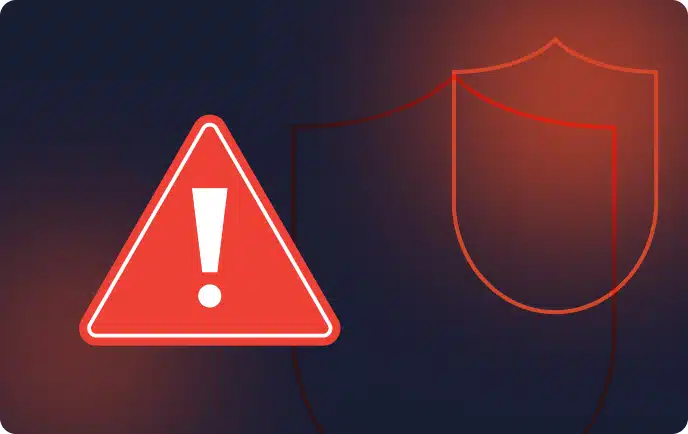What is Deserialization Vulnerability?
Deserialization vulnerability, often referred to as insecure deserialization, is a widespread and dangerous form of data theft & security breaches.
However, to fully understand what deserialization vulnerability is, we first have to understand how serialization works. Serialization is primarily used to turn very complex objects of data into a simple format that can be easily sent and stored in databases.
This is where deserialization comes in. It’s the process of decoding serialized version of the object so that the application can interact with it. You’ll find that programming languages usually have built-in serialization, but their approach to this process varies from language to language.
The Threat of Insecure Deserialization
The process of insecure deserialization happens when the website deserializes the data it is receiving. The attacker modifies the serialized object, placing malicious code into it, so by the time deserialization starts, the application is already vulnerable to this attack.
The biggest trap that most programming languages fall into is “thinking” that the user input is safe. It is well known that the first and the most important pillar of safe coding is to always assume that the end user is trying to penetrate your app. By taking this approach, you’ll build out much more carefully right from the get-go, rather than getting yourself into a world of trouble that would follow if you didn’t protect your application on time.
Some of the potential consequences of an attacker exploiting your deserialization vulnerability include, but are not limited to – remote code execution, denial of service, etc.
Securing Your Apps
The best way to avoid deserialization is simple – never deserialize user input. However, this is easier set than done, and most developers think they are safe by validating deserialized data. However, that’s often not the case because there are too many factors and variables to account for, and it’s next to impossible to adopt an actually safe mechanism of validation.
You’ll often find developers thinking that it’s safe to deserialize with languages that make use of binary serialization format, but that’s simply not true – nowadays, hackers are likely to bypass these situations, just like they would with string-based formats.
A big security issue for many modern apps are dependencies. Developers aren’t shy on plugging those in their code, and as much as they do make our lives easier, they also come with a certain level of risk. Since these dependencies add on a ton of code, and it’s unlikely to track all of it in detail, this opens up a space for hackers to take advantage of, and one of the methods they could use is deserialization.
Related content: Read our guide to deserialization in java.
Conclusion
Securing your applications and keeping them in check is a long-term safe coding approach. In doing so, you will avoid security pitfalls like deserialization vulnerability. Having someone on your team to alert and protect you from these threats is crucial. However, we understand that this may not always be a possibility. This is where Bright Security comes in! Our scanner will help you find vulnerabilities quickly and offer remediation advice.
The best thing in all of this is that there are minimal false positives, meaning that you won’t have to alter your application over false alarms! Get started now, and you’ll be thanking yourself down the line, having created a secure and bulletproof application!




